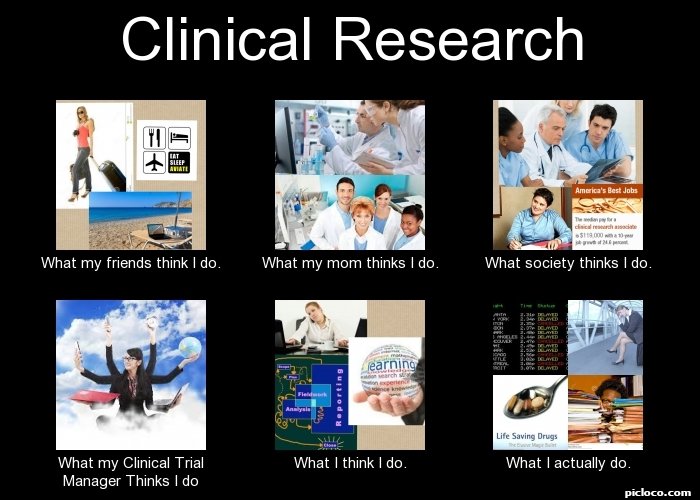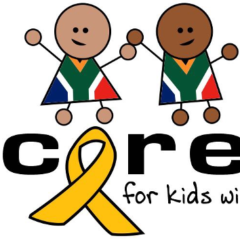Sixty years ago, if a child was diagnosed with cancer, they would almost definitely not survive. Today, kids in America or Europe who get cancer have an 80% chance of surviving – just think about that for a second.
How did we go from a near-zero percent survival rate to an 80% survival rate? Research, that’s how. Painstaking, expensive, labour-intensive research. From theories and cell-lines to mouse models, translational research, and finally, clinical research.

There are so many different types of research and so far CARE has managed to fund clinical research, which has involved a small number of clinician-scientists (doctors who do research) run a small number of studies.
Childhood cancer research is grossly underfunded. The figure commonly bandied about in the USA is that only 4% of federal cancer funding is designated for childhood cancer research. There are no equivalent figures for South Africa, but it is clear that organisations like CANSA, the Medical Research Council and the National Research Foundation preferentially fund adult cancers. That’s ok, that’s their prerogative. CARE, is the only organisation that exclusively funds childhood cancer research. We’re not in the big leagues (yet) but we are making a steady, consistent difference.
For example, we showed a few years ago that children in South Africa with Hodgkin lymphoma have a survival rate of 79%, with kids with cancer and HIV having a much lower survival rate of 45%. Lately, using a harmonised management regimen, we have raised this survival rate significantly and more so in the kids with HIV. I can’t tell you the exact figures yet, because we have to give the study a little more time to make sure our figures are right, but the results are looking very exciting. We’re also involved in a global study to use immunotherapy for children with low risk Hodgkin lymphoma which gives adults and children access to pembrolizumab, a very promising agent which is way too expensive at the moment for anyone in the state sector to access. I know of many centres in the USA that don’t have access to this drug, and here we are in South Africa, participating in this trial. There are so many encouraging advances in our country, and that knowledge is what keeps us going. The survival rate of kids with cancer here is around 60% – imagine what the next 60 years will bring.
I can think of a few diseases that need urgent attention – I want to see a cure for DIPG more than anything. ATRT makes me cry every time we get a new diagnosis. Neuroblastoma – I hate you, you sneaky, aggressive initially compliant, horrible tumour. Glioblastoma multiforme, I can’t even think of you without flinching. The faces of so many children and their devastated parents live in my mind.
Research is the only answer to this vexing question. And research needs funding.
